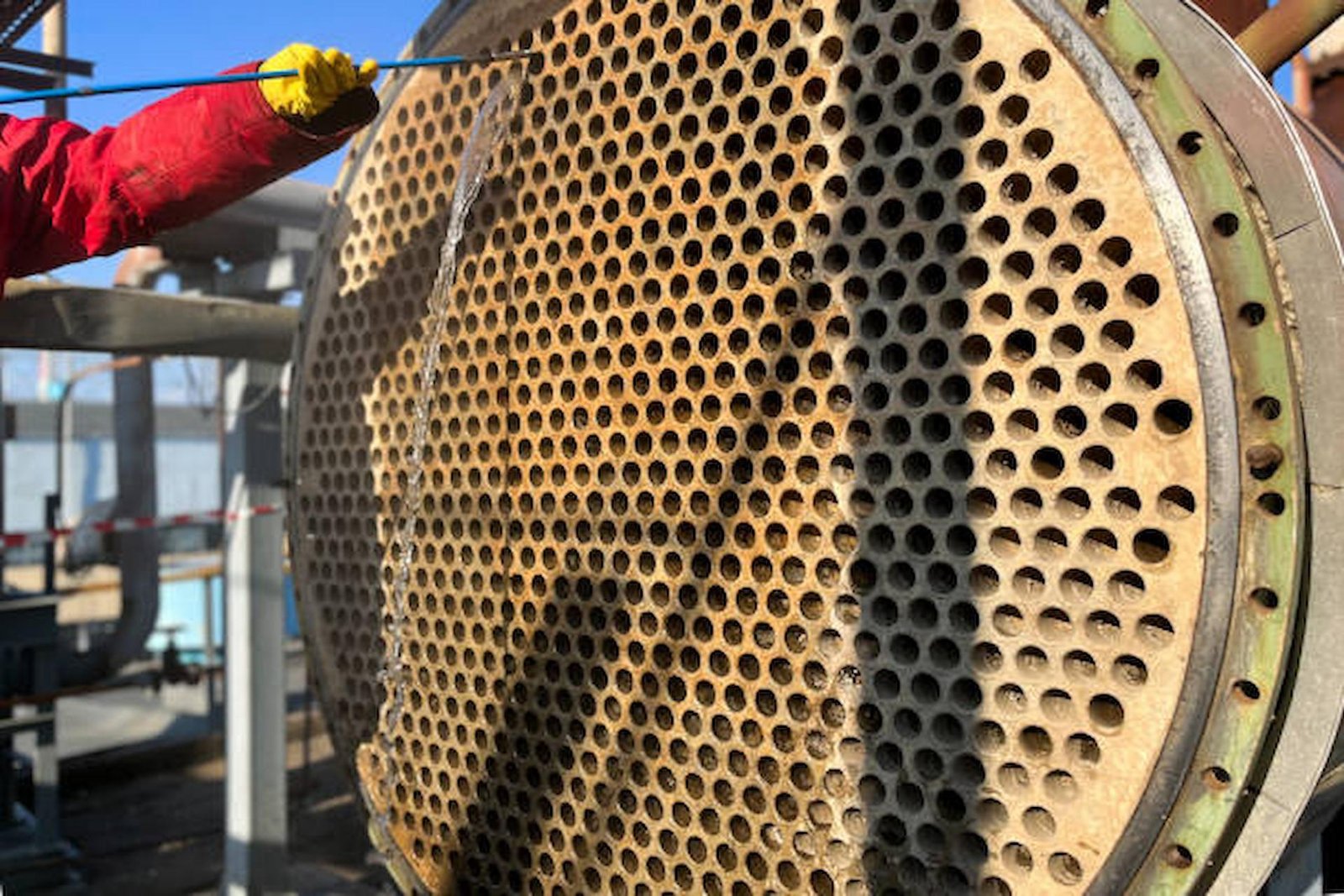You’ve probably heard the term “heat exchanger” in meetings, but what are they really? Think of them as smart devices that move heat from one place to another. They’re working behind the scenes in your facility right now, saving you money on energy bills.
What They Actually Do
For the answer to how do heat exchangers work, here’s the simple version: heat exchangers take heat from something hot and give it to something cold. The two things never touch or mix together. It’s like having a wall between them that lets heat pass through but keeps everything else separate.
Your office building’s heating system uses this concept. Hot water flows through pipes while air blows over them. The air gets warm, but the water and air never mix. Same principle, different scale.
The Main Types You’ll See
Shell and tube heat exchangers look like a big cylinder with a bunch of tubes inside. One liquid flows through the tubes. Another liquid flows around the outside of the tubes. Heat moves between them through the tube walls. These are tough and handle really hot temperatures well.
Plate heat exchangers are more like a stack of metal plates with spaces between them. Liquids flow through these spaces in a zigzag pattern. They take up less room than the tube kind. They’re easier to take apart and clean too.
Air-cooled heat exchangers use outside air instead of water for cooling. No water bills. No water treatment costs. These make sense if you’re in a dry area or want to cut your utility expenses.
Why You Should Care About Them
Energy costs money. Heat exchangers help you use less energy by recycling heat you’re already paying for. Instead of letting that heat escape into the air, you capture it and use it somewhere else in your process.
Many companies see their energy bills drop by 20-40% when they install the right heat recovery systems. That’s real money back in your pocket every month.
Better temperature control also means your products turn out more consistently. Fewer defects. Less waste. Smoother operations overall.
Keeping Them Running Well
You don’t need to become a technical expert, but you should know the basics. The biggest problem is the buildup on the surfaces where heat transfers. Think of it like a scale in your coffee maker, but in an industrial setting.
This buildup makes the heat exchanger work harder and use more energy. Eventually, it can cause breakdowns. Regular cleaning prevents this. Most need cleaning every 6-12 months, depending on what you’re processing.
Watch for warning signs:
- Higher energy bills
- Temperature problems in your process
- Unusual pressure readings
Catching problems early saves you from emergency repairs that shut down production.
Making Smart Buying Decisions
Don’t just look at the sticker price. A cheaper heat exchanger might cost you more in the long run through higher energy bills and more maintenance. Quality units often pay for themselves within two to three years just through energy savings.
Think about what you’re actually processing. Food companies need different materials than chemical plants. Corrosive materials require special metals that won’t break down over time.
At The End of the Day
Heat exchangers aren’t exciting, but they’re money-makers. They turn waste heat into useful energy. They help your processes run more smoothly. They cut your utility bills.
You don’t need to understand every technical detail. But knowing the basics helps you make better decisions when your engineering team brings you proposals. These devices often deliver some of the best returns on investment you’ll see in industrial equipment.
The key is thinking beyond the upfront cost. Look at the total picture: energy savings, maintenance needs, and how long the equipment will last. A good heat exchanger is an investment that keeps paying you back month after month through lower operating costs.

